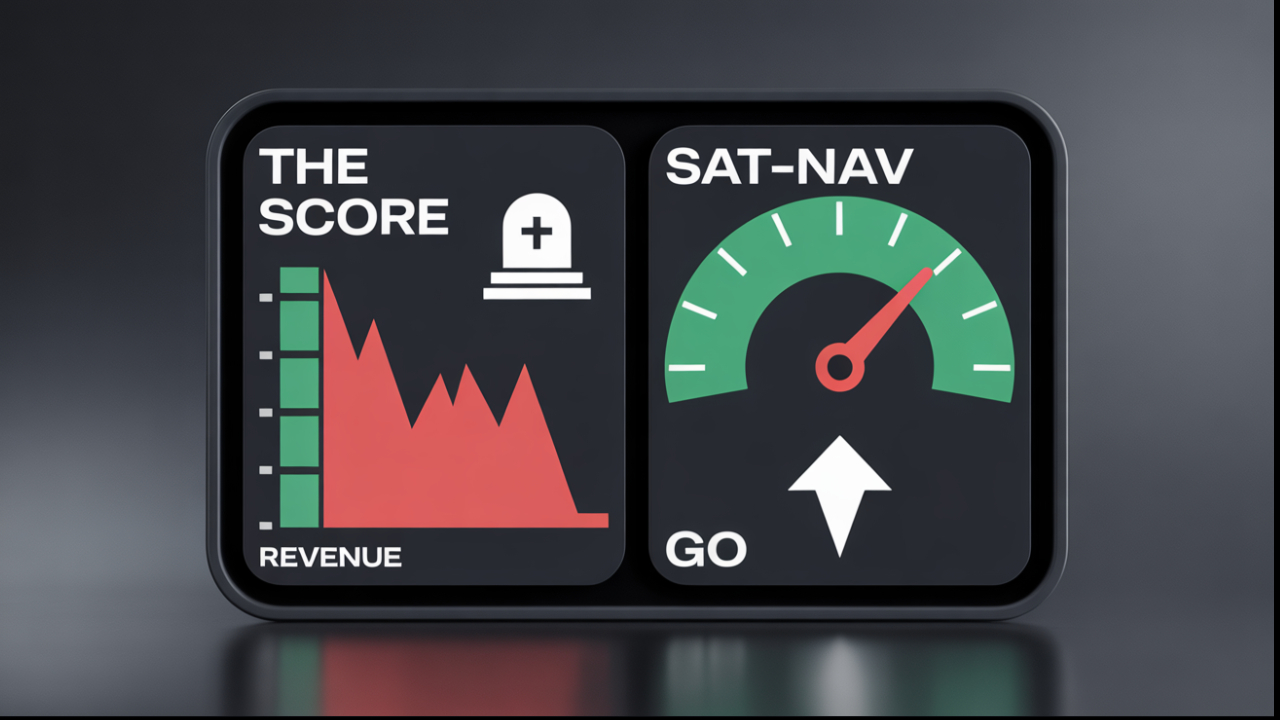The 7 Ps of Digital Marketing: A Practical Guide
Mastering the Digital Landscape:
The 7 Ps of Digital Marketing Explained
The 7 Ps of Digital Marketing is a framework that can help you build a strategy for marketing your business online. It's an essential part of your business plan, and it should be taken into consideration before you do anything else.
In this blog I'll walk you through the 7 Ps of Digital Marketing, so you can get started on the right foot
Product - What products or services are you offering?
The product is the core of your business, so it's essential that you get it right. If you don't have a clear idea of what your product or service is, then how can you possibly communicate that to your customers?
Your product needs to be easy to understand and explain. If a customer can't easily explain what your business does, then they won't be able to convince their friends, family, and colleagues to buy from you either.
It's also important that you know who your target market is; this will shape the way you talk about your product and help guide the decisions you make about its features and benefits.
Price - What is the best price to offer your customers?
Pricing is an art form and finding the right price for your products or services requires research and analysis. Pricing is also a science, which means it has certain rules that should be followed to ensure you're pricing correctly and getting the best results possible.
When you are selling your products or services, it is important to consider your target market and how much they are likely to want or need your product or service (Maslow’s hierarchy of needs). It’s one of the factors that can determine its adoption rate by customers. It can vary based on many factors such as the quality of the product, demand for the product, cost of production, etc.
The following are just some of the variables that can go into price…
- Product cost – The cost of manufacturing your product or service, including all costs associated with procuring raw materials, labour, overhead and other expenses.
- Cost of living – The relative cost of living in different regions of the world and how it affects your pricing strategy. Your pricing strategy should take into account any significant differences between areas where your target market lives and where you live.
- Competition – How much does your competitor charge for similar products or services? What price point do they use? What discounts do they offer? Do they have loyalty programs? If so, what are their rules and requirements? These questions can help you determine if there is room for competition in the market or if you should go after a different segment altogether.
- Marketing strategy – How will you position your brand in relation to your target market? Are you targeting consumers or businesses? Will there be any marketing costs associated with reaching out to this audience? How much money do you have to spend on advertising or marketing in general?
The price of a product or service is ultimately up to the market to determine whether it's reasonable or not.
Place - Where are you selling your product/service?
The place is where you can find the target audience. You need to be able to reach them, and this includes knowing where they spend their time online and offline, how they interact with other customers and what they like.
In the past, it was enough to just have a website and hope that people would come. But today, you need to understand what your customers want and where they go for it.
If you're selling cloud-based software, for example, you might focus on creating marketing campaigns for social media sites like Facebook, Twitter, or LinkedIn.
Promotion – How do you promote your product/service?
Promotion is a key component of digital marketing. It can be a challenge to get the word out about your product or service to a wide audience, but it’s essential if you want to succeed in the modern market.
Promotion is an essential part of digital marketing, which encompasses many different activities that help companies connect with and sell their products and services.
One of the key factors in promotion is getting people talking about your brand, product, or service. This can be achieved through social media, advertising, and other methods.
Once you have established your brand online, it’s important to maintain an active social media presence to keep people interested and engaged. You should also continue promoting your product or service through traditional channels such as networking and printed copy.
Take a look at the following blog for additional resources and ideas regarding promotion - 100+ Lead Generation and Marketing Strategies.
People - Who are your customers and how can you give them a great experience?
Targeting your ideal customer is the first step to getting them to buy your products. The more you know about them and their needs, the better you can deliver a great experience.
But what if they don't fit into a neat little box? What if they're not all one thing? You can still target them by segmenting your audience into different segments and working out which ones are most likely to buy from you.
Don’t forget your customers are the people who make your business possible. They are the ones who have decided to pay you for whatever it is you provide, and they should be treated as such. A good customer experience is a crucial part of any business, and when it comes to digital marketing, it's especially important because your customers encounter your brand online before they ever come into contact with your company in person.
You can download our Free 'How to Win Over Your Ideal Customers Without Second-Guessing Their Needs' - Click Here
Process - What process can you offer your potential customers that is different from your competitors?
In order to be a successful business, you have to offer something that is different from your competitors. This could be a unique product, a better price, or even a more personalised experience.
The first thing you should do is identify the ways in which your company differs from other companies in your industry. What can you offer that they can't? What do customers want and need that you're already providing? What are the pain points that make them turn away?
Then, once you've identified these areas of differentiation, think about the processes and how they fit into your customer delivery, and your overall business plan. How can they help you grow? How will they help differentiate yourself from other companies?
Processes are the backbone of any business. Your processes should be clear, concise, and easy to follow. Not only will these processes make your customer's experience better, but they will ensure that your employees know exactly what their responsibilities are. The more clearly you can define these processes, the easier it will be for your employees to understand their roles within those processes, which will allow them to be more effective in their roles as well as well as delivering exceptional customer service.
Physical Evidence - What can you show potential customers to make them feel confident that they will be happy with their purchase.
The physical evidence that you're a trustworthy business is not only the product itself, but also how you present that product. Are you showing off the quality and craftsmanship of your products? Are you giving them a chance to see what makes your products so special? Are you creating videos', testimonials
If you are, that's great! But if all of your best work is buried in the back of a website, or tucked away on a brochure page, then how are buyers going to know about it? If they don't see it, they can't be convinced by it.
So make sure that you're making your best stuff front-and-centre for customers who are looking at your site or visiting your store.
Here are 5 ways to make sure your physical evidence is on point:
- Make sure you have photos of your products / services in operation, behind the scenes photo work well as well.
- Include a video or demo of how the product works, or what it does for the user.
- Create a short user experience guide that includes testimonials from previous customers and shows them how to use the product in real life situations.
- Product reviews from previous buyers
- Testimonials from experts who have tested your product(s).
Conclusion
The 7 Ps of Digital Marketing is an effective framework for creating and executing a digital marketing strategy. By utilising this framework, you can ensure that your digital marketing campaigns are focused and optimised to deliver results.
Your Success is Our Business - if you need support with anything Growth, Strategy, or Operations don't hesitate to contact us here by 'clicking here'.
Pay It Forward










